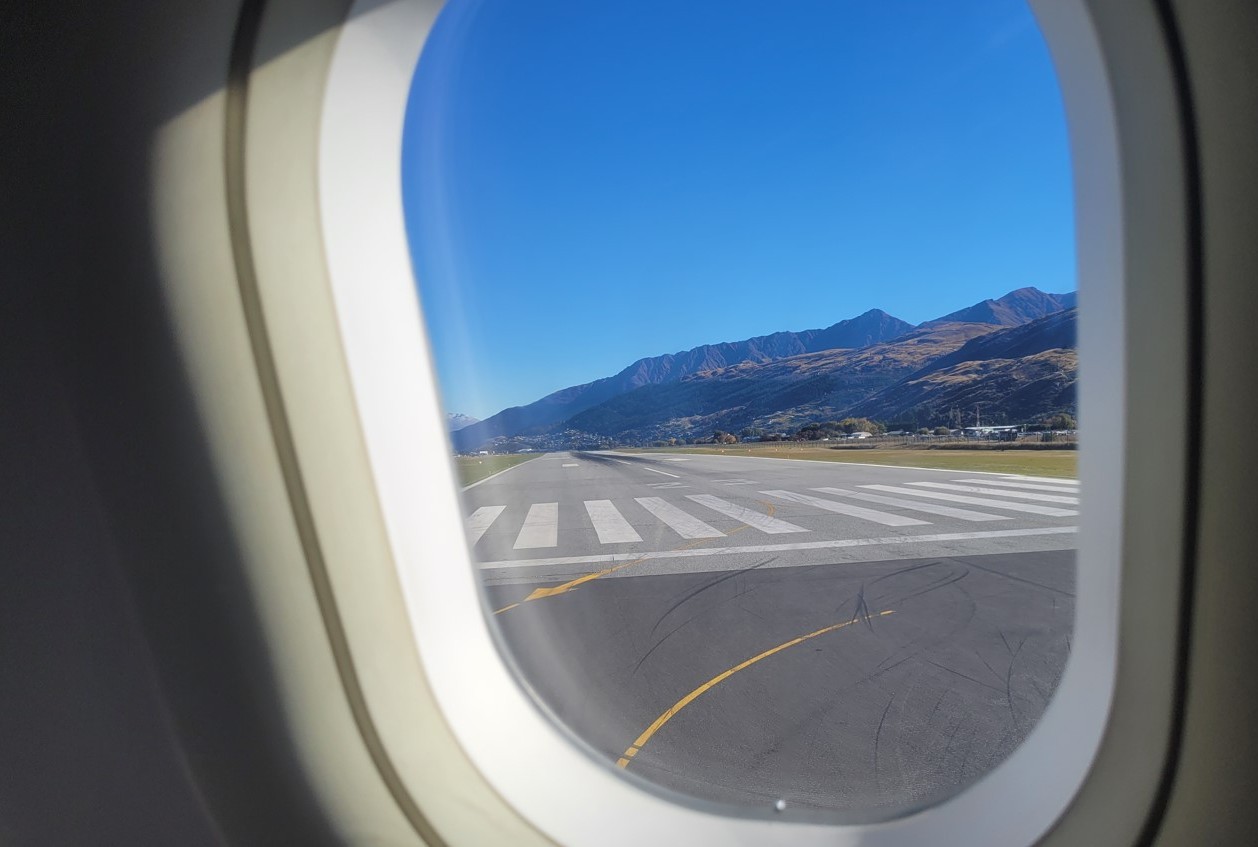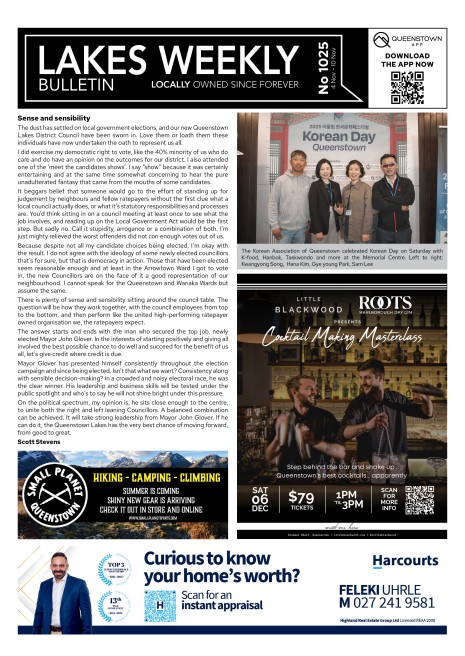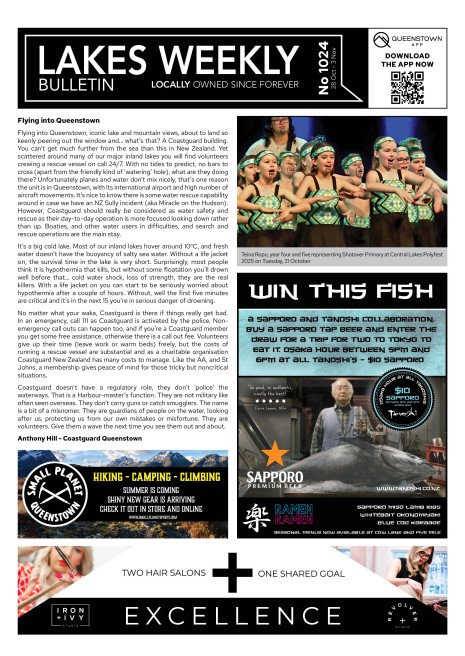Strong views on border levy

Queenstown Lakes is making a play for a huge chunk of the International Visitor Levy (IVL) collected at the border.
Central Government is consulting on plans to increase the levy from $35 to as much as $100. That could generate $230 million per year, split between conservation and tourism.
Queenstown's Mayor Glyn Lewers and acting chief executive Michelle Morss, in QLDC's submission, say the potential $115m for tourism should be divvyed up the regions based on the total number of visitors to each area.
That would mean Queenstown Lakes, which is one of the country's most popular tourist destinations with 4.5 million guest nights in the past 12 months - 19% of New Zealand's total, would be in for a windfall.
But, even then, they say, it would be a drop in the ocean compared to what's needed to meet infrastructure needs - almost $300m over five years according to a 2018 estimate - and, crucially, should not be seen as an alternative to a local visitor levy.
"The IVL cannot be depicted as a replacement for a local visitor levy for the QLD," the submission reads.
"The IVL lacks both the rigour, the scale, and the targeting to actively address the real impacts of tourism, and therefore misses the opportunity to ensure that international visitors make a meaningful contribution to support local communities."
On a peak day, Queenstown Lakes has a population of almost 100,000 people, with the break down between residents and visitors roughly 50/50. And the ratio of residents to international visitor nights is 1 to 47, compared with 1 to 1.7 in Auckland, and 1 to 2.8 in Christchurch.
QLDC increased rates by 14% on average last year, to fund improvements to infrastructure and services, with little scope to charge directly the tourists to use them. The submission says "continued aggressive rate rises" will put pressure on local families and continue to erode tourism's social license.
"The quantum of the challenge far outweighs the ability of the existing rating model to respond. The sheer magnitude of visitor numbers and their forecasted growth makes it impossible for QLDC to fund safe, future-proofed visitor infrastructure through the existing ratings model."
The submission says relying on the IVL alone is "risky and clumsy" and it should be seen as "one tool of several" to mitigate the impact of tourists on local areas, with all the tools evaluated holistically, including any Milford Sound levy for example.
QLDC also wants accountability and transparency of IVL spending improved, saying the "current $80m well allocated is preferable to $230m that is poorly invested".
And, finally, it has a crack at plans to allocate $30m a year to Tourism New Zealand, saying there's a "disconnect between the destination management principles ... and the current approach to marketing by Tourism NZ."
Earlier this month, Finance Minister Nicola Willis told Queenstown Business Chamber of Commerce members that a local visitor levy is not something that has been even formally discussed by Cabinet, as none of the coalition parties, National, Act and New Zealand First, campaigned on the issue.
"It's simply that it's not in the coalition agreements or in the manifestos of any of the parties," Willis said. "So to progress that policy, we would need agreement from all three parties and the coalition and everyone around the Cabinet table."
"We just don't have a mandate for a bed tax at this time," she added.









